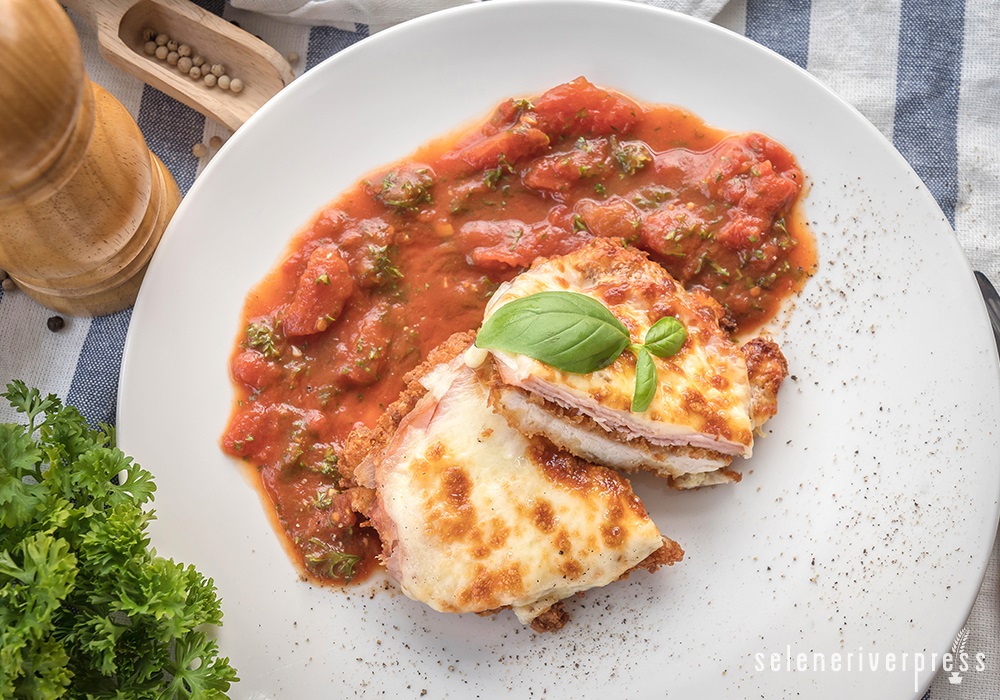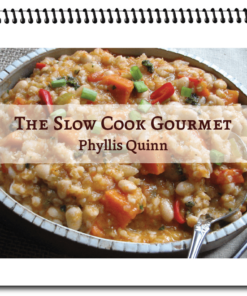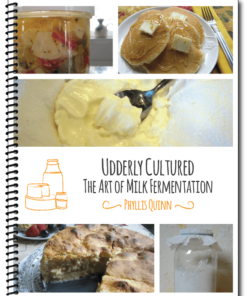Ask Chef Phyllis:
I was at a class (kind of a party) where you were teaching cheese-making. I didn’t think about it until now, but you made dinner for the class using the cheese we’d just made. You prepared the meal while teaching the class and made it look easy. The lunch was Chicken Parmesan (one of my favorites). This is ideal for between Christmas dinners during this very busy time of the year. And it was gluten-free, as I remember, for any guests who need this option. Please tell me how you did it again. The students were all talking and I missed the steps.
—Charlene from Louisville, Colorado
Here’s what I try to get across in every class, Charlene. First, if you only master one of the methods of milk fermentation in the class, you’re ahead. If more, that’s great, but one is enough to start. You learn by doing—even in the not-so-exact science of milk (or any other kind) fermentation. It’s the oldest method of food preservation and worth learning. I mentioned making sauerkraut, another form of food fermentation, but that, as I’m fond of saying, is another post.
The other skill worth learning is making a go-to weeknight meal or gluten-free meal on the spur of the moment, such as when unexpected company drops in. During the holidays this is inevitable, but it helps any time the situation arises to take the stress out of it! Learn this one dish, practice it, and then you can do it on auto pilot, as I like to call it.
In my class, I tell you if you can’t use the product you just made or mastered, you’ll be at a loss to repeat it and will soon forget the lesson. That’s why we eat and talk about what we made, and I hope you’ll remember that good feeling.
One of my guests, Kathleen, went home with the intention that she’d teach her husband right away, even if it was only one of the procedures she learned. And she did. He makes cheese whenever he has excess milk, and then they make pizza that night. Kathleen told me that she’s very happy about this. Who wouldn’t be?
If you have my book Udderly Cultured: The Art of Milk Fermentation, this information will always be at the ready.
Chicken Parmigiano
—Chef’s note: After you make, drain, and salt the fresh mozzarella, you place it in the refrigerator so a soft crust is formed. This makes it easier to slice. If using the recipe for fresh mozzarella in Udderly Cultured, a ½ gallon of raw milk yields about 1 lb. of mozzarella, while organic store-bought milk will yield about ¾ lb.
Ingredients
1 egg, beaten with a little water or milk
6 (6–8 oz. each) boneless, skinless chicken breasts, patted dry with a paper towel
2 cups finely grated Italian cheese (Parmesan, or a blend of Asiago, Romano, and Parmesan)
1 (24 oz.) jar of any good, organic marinara sauce, or homemade tomato sauce
5 tablespoons olive oil (reserve 2 tablespoons for brushing chicken breasts)
1 teaspoon fresh ground black pepper
Fresh mozzarella (see recipe in Udderly Cultured)
Instructions
- Preheat oven to 375°F. Place beaten egg and water in a bowl and the cheese in a separate bowl. Dip each chicken breast first in the egg mixture and then into the grated cheese. Make sure to cover on all sides, pressing the mixture in with your hand. Repeat with all breasts.
- Pour 3 tablespoons olive oil in the bottom of a 13×9-inch casserole and smear it all over the dish. Add chicken breasts, then brush them with remaining 2 tablespoons olive oil.
- Bake 20 minutes. Check the sides of the breasts for delicate browning, then turn and cook other side. Pour marinara or homemade sauce over all. Sprinkle with black pepper. Cover and bake an additional 10 minutes.
- Add your fresh mozzarella, distributing it over all the breasts. Turn off the oven, cover dish, and let cheese melt while still in the oven (fresh mozzarella melts easily, so this only takes about 5 minutes.)
- Let rest it an additional 5 minutes before serving.
Slow cooker instructions: You may also use a slow cooker to prepare this dish, with the same results. Follow the same instructions for preparation above. Cook on low setting for 3 hours. Add fresh mozzarella 5–10 minutes before serving.
Image from iStock/aedkais.





